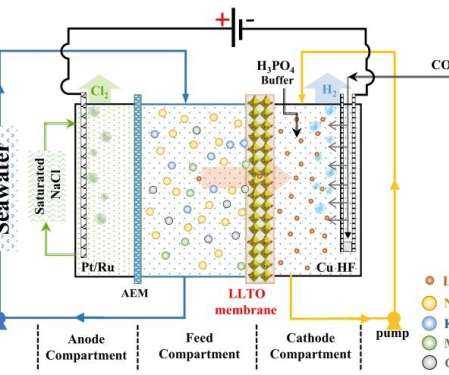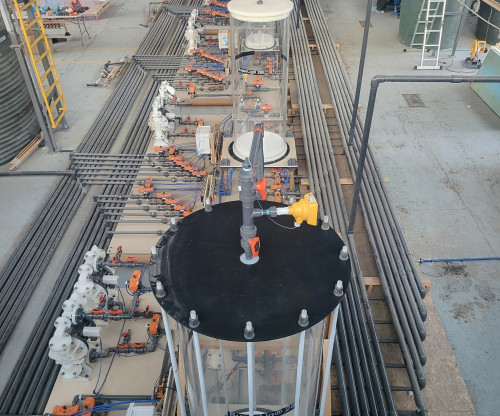KAUST team devises electrically-driven membrane process for seawater lithium mining
Green Car Congress
APRIL 5, 2021
ppm) with a nominal Li/Mg selectivity >45 million. ppm) and an abundance of interfering ions (i.e., 13000 ppm of sodium, magnesium, calcium, and potassium ions, among others). Instead, the lithium concentration and the ratio of lithium to other multivalent ions, such as Mg 2+ and Ca 2+ , are the key factors to consider.

























Let's personalize your content